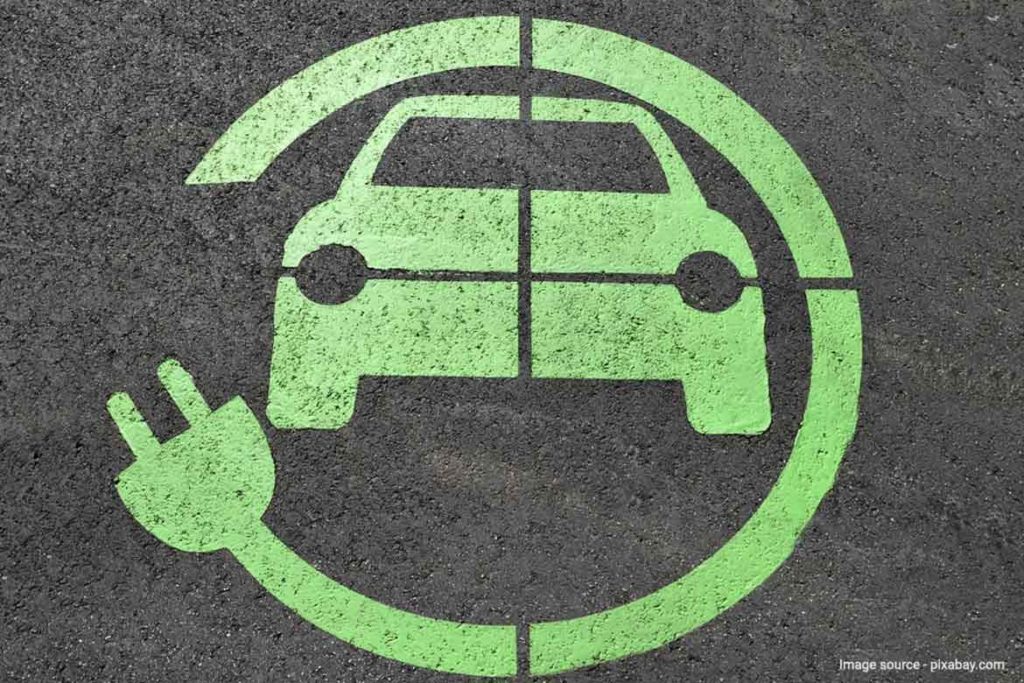Electric car charging methods are always being improved, as we see in the headlines. The standard narrative is that charging is becoming faster and easier than it has ever been. Other EV tales abound on social media, particularly around future technologies that will allow electric vehicles to become self-charging or at least passively charged without the need for us, the drivers, to plug in. In recent times, the term self-charging has become a discussion topic. It’s a system that allows electric vehicles to charge while they’re on the road or standing. Simply put, you do not need to charge your electric vehicle with a plug-in charger. Let’s have a look at some self-charging solutions in this context.
Regenerative Braking
Many electric and hybrid automobiles do, in fact, contain ingenious and inventive technologies that can recover energy while you drive. It’s a clever technology that converts kinetic energy into electrical energy, which is then transported and stored in the battery of the car. It operates when the driver hits the brake pedal, causing the electric motor to transition to “generator mode” almost instantaneously. Once in this mode, the wheels rotate and send energy to the generator via the drivetrain. Some of the kinetic energy is caught and stored in the form of heat. However, when it comes to regenerative braking, the essential term is “some,” not “all.” It’s a terrific technique to keep your car moving, especially if you’re driving in the city and need to apply your brakes frequently.
Robots at your service

Also read: What if your Electric car battery runs out mid way? What to do and things to keep in mind?
No, this is not a plot a any sci-fi movie, but rather a clever and inspired answer to the demand for electric vehicle charging. Volkswagen envisions a tiny army of self-driving robots that can be controlled via an app or vehicle’s communication system. Once enabled remotely and called, these robots would drive themselves to the car’s location to charge it up. Such robos might be placed in parking garages and other spots where they can quickly reach automobiles and charge them while you are at work or out shopping.
Inductive Charging
Wireless charging has already caught on in the world of smartphones and digital devices, and there are now gadgets that can do the same for your electric vehicle. The aim is to charge your car using electromagnetic induction, which uses two coils, one in the charging device and the other on your car. An electric current flows between them, which is caught and stored in the battery. The idea behind this tech is that highways will be equipped with such capabilities to charger a car running over it.
Solar Panels
Another concept that has already been proposed is the use of solar panels on the surface of a car to continuously gather energy and retain charge while you drive. Following the principle, a car named Lightyear was created by a group of Dutch developers and was based on a model that they had previously used in numerous competitions to design a practical solar-powered car. The car is truly astounding, and the business has progressed from a competition design to a road-to-drive vehicle. It has a number of solar panels that are all encased in safety glass and can self-charge at a rate of roughly 7 miles per hour when the cells are active. This is adequate if you merely use your automobile to commute on a daily basis, but it is insufficient if you are a trip-person.

